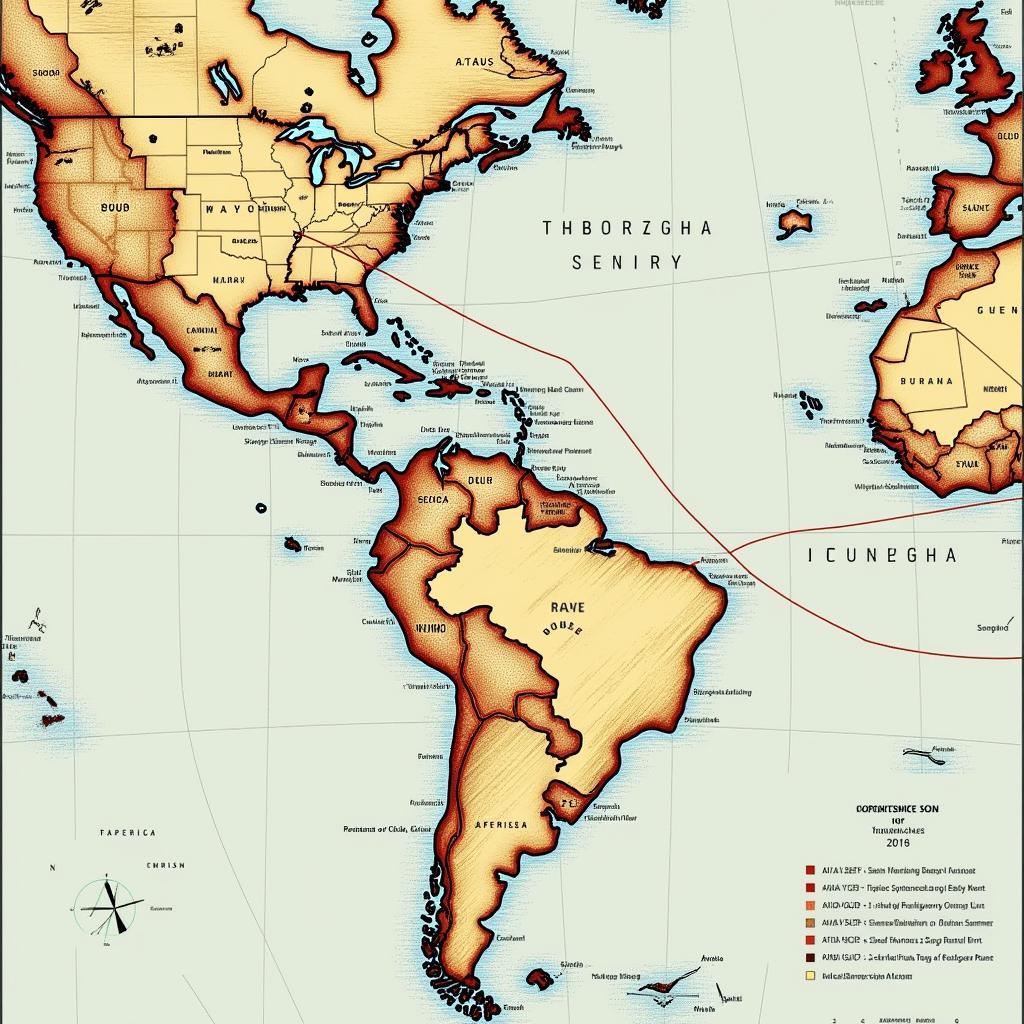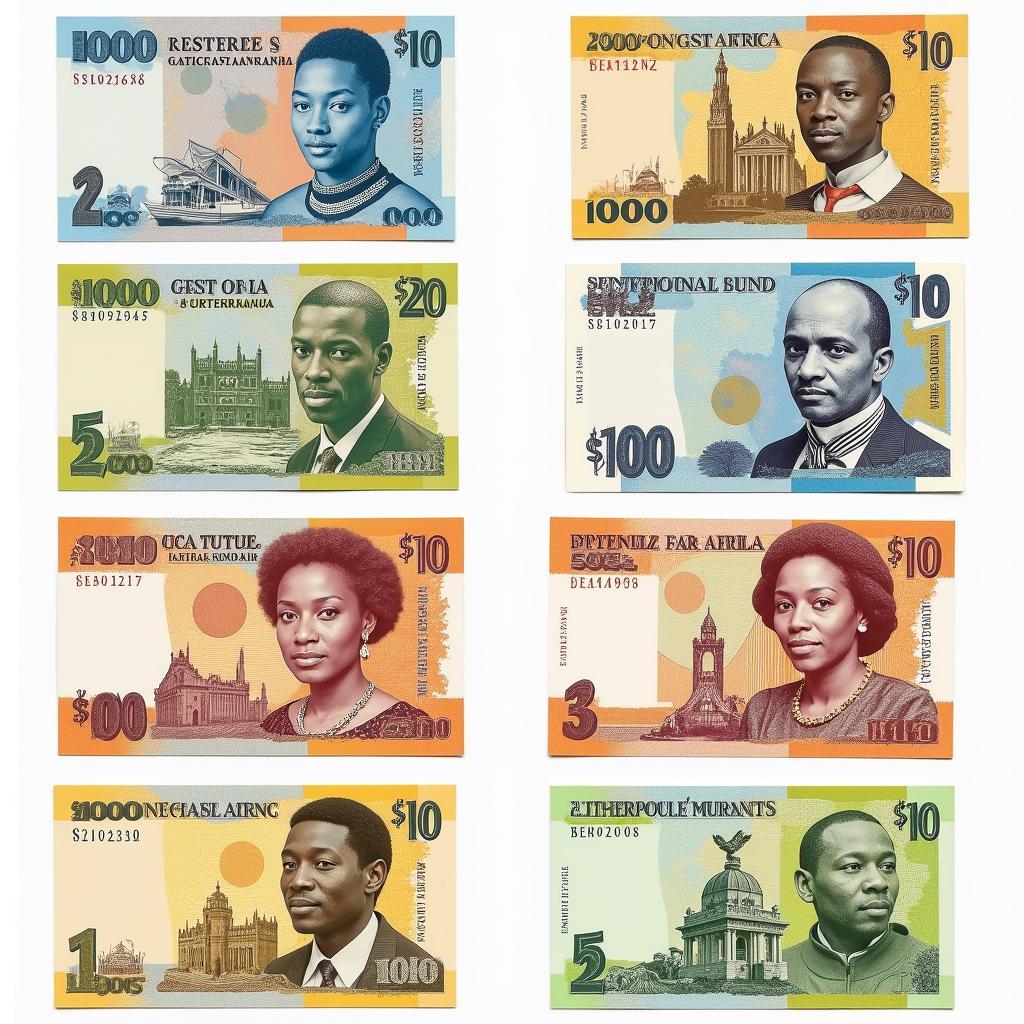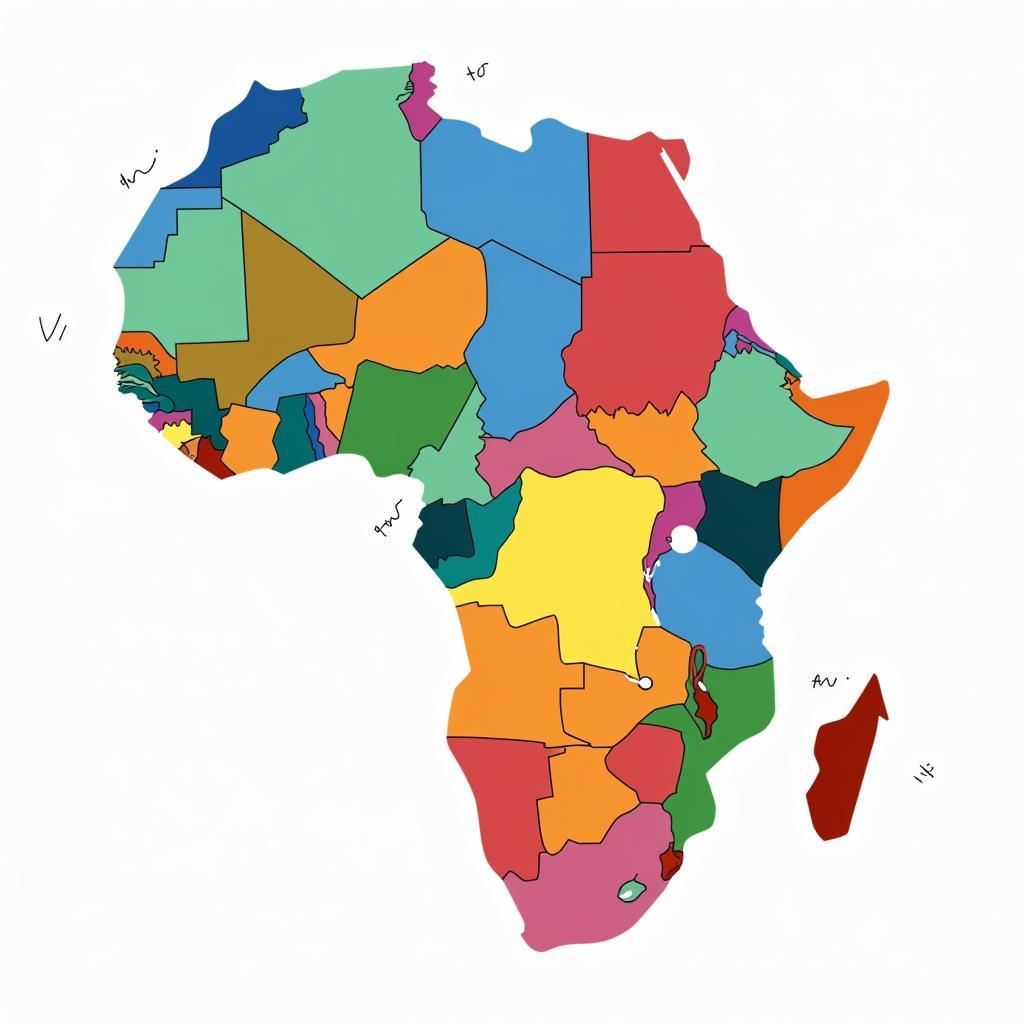Discovering African American Beaches in Maryland
African American Beaches In Maryland hold a rich history and cultural significance, reflecting a time of segregation but also resilience, community, and joy. These spaces offered respite and recreation for Black families during a period when access to public beaches was restricted. Today, while segregation is thankfully a thing of the past, these beaches continue to be important landmarks, reminding us of the struggle for equal rights and celebrating the vibrant culture they fostered.
A Look Back: Segregation and the Rise of African American Beaches
During the Jim Crow era, African Americans faced systemic discrimination, including limited access to public spaces like beaches. This segregation led to the creation of designated “colored beaches” in Maryland and across the United States. While these beaches were born out of necessity, they became vital hubs for Black communities. They were places where families could gather, enjoy the water, and celebrate their heritage without the constant threat of prejudice and violence. These beaches weren’t just about recreation; they were about creating a sense of belonging and fostering community in the face of adversity.
These beaches offered a safe haven for Black families and individuals to experience the simple joys of a day at the beach, fostering a sense of community and pride. Carr’s Beach, for instance, was a legendary spot known for its vibrant music scene, attracting renowned artists like Ray Charles and Billie Holiday. This vibrant cultural scene became a defining characteristic of many African American beaches, shaping the musical landscape and providing a platform for Black artists to flourish.
Exploring Maryland’s African American Beach Legacy
While legal segregation is no longer in place, the legacy of these beaches remains. Many of these historical sites are now commemorated or have evolved into integrated public spaces. Understanding their history is essential to appreciating the struggle for civil rights and the resilience of Black communities. Visiting these locations can be a powerful experience, connecting us to the past and reminding us of the ongoing fight for equality.
Several organizations and initiatives are working to preserve the history of these important sites. Through historical markers, oral histories, and community events, they ensure that future generations can learn about the significance of these beaches in the fight for civil rights. These efforts are vital in maintaining a connection to the past and promoting understanding and dialogue about race and equality.
What Were the Popular African American Beaches in Maryland?
Several beaches in Maryland served as important recreational spaces for the Black community during segregation. Carr’s Beach, located in Annapolis, is perhaps the most well-known, renowned for its lively music scene and attracting famous musicians. Other notable locations include Sparrow’s Beach in Annapolis and Highland Beach in Anne Arundel County, which was one of the first incorporated African American towns in the state. These beaches provided not only a place for recreation but also a sense of community and belonging during a time of widespread discrimination.
Are these beaches still significant today?
Absolutely. While segregation no longer exists, these beaches hold a significant place in history and continue to be important cultural landmarks. They serve as reminders of the struggles faced by African Americans during the Jim Crow era and the importance of the fight for civil rights. Many of these locations have been preserved and offer opportunities to learn about their historical significance. They also continue to be popular recreational spots for diverse communities, reflecting the progress made while acknowledging the struggles of the past.
Conclusion
African American beaches in Maryland represent more than just places of recreation. They are powerful symbols of resilience, community, and the ongoing struggle for equality. By exploring their history and acknowledging their significance, we can gain a deeper understanding of the African American experience and the enduring legacy of the fight for civil rights. Remembering these beaches is a vital step in building a more inclusive and equitable future.
FAQ
- What is the significance of African American beaches in Maryland? They served as vital recreational and social spaces for Black communities during segregation, fostering community and offering respite from discrimination.
- Why were these beaches created? They were a direct result of segregation laws that restricted Black individuals from accessing public beaches.
- What is Carr’s Beach known for? Carr’s Beach was famous for its vibrant music scene, attracting renowned artists like Ray Charles and Billie Holiday.
- Are these beaches still accessible today? Yes, many are now integrated public spaces or historical landmarks open to all.
- How can I learn more about the history of these beaches? Several organizations and historical societies offer resources, tours, and educational programs focused on the history of African American beaches in Maryland.
- Why is it important to remember these beaches? They provide valuable insights into the struggle for civil rights and the resilience of Black communities.
- Where can I find information about events commemorating these beaches? Check local community centers, historical societies, and tourism websites for information on events and commemorations.
Need support? Contact us 24/7: Phone: +255768904061, Email: [email protected], or visit us at Mbarali DC Mawindi, Kangaga, Tanzania.


